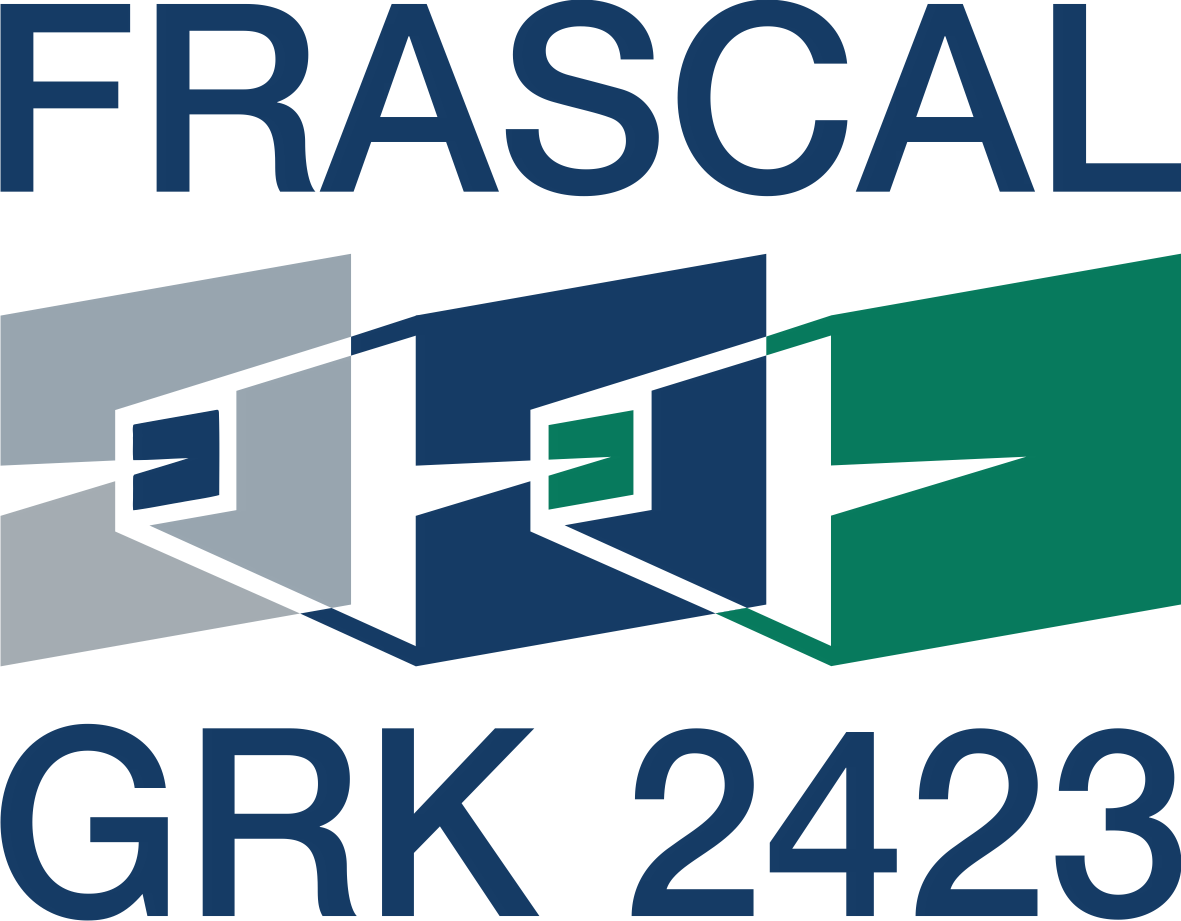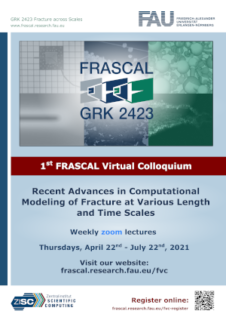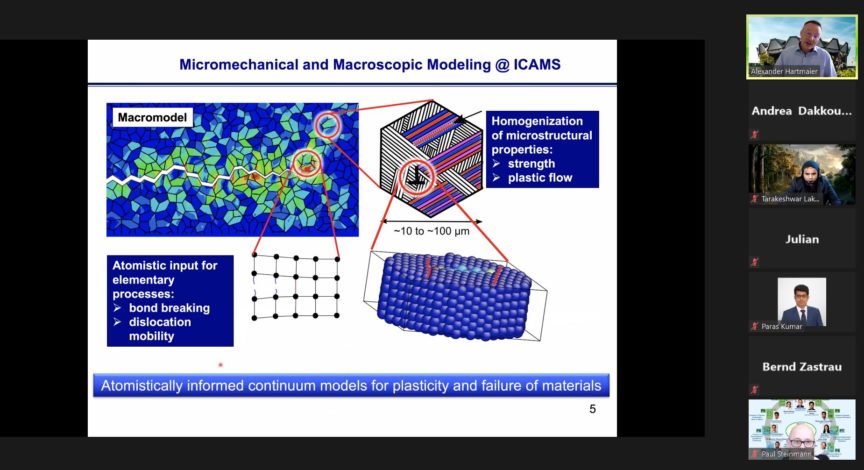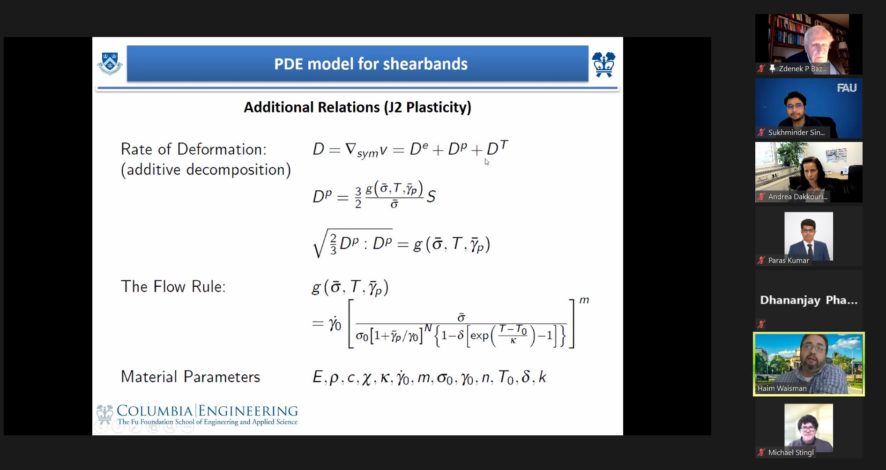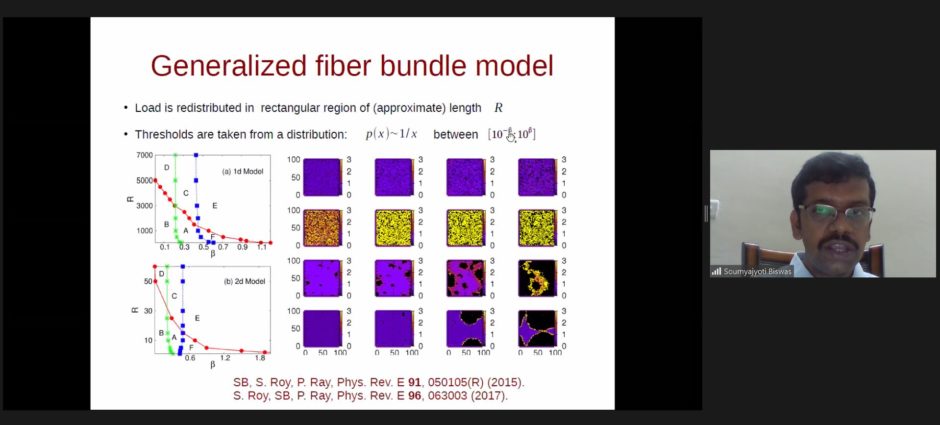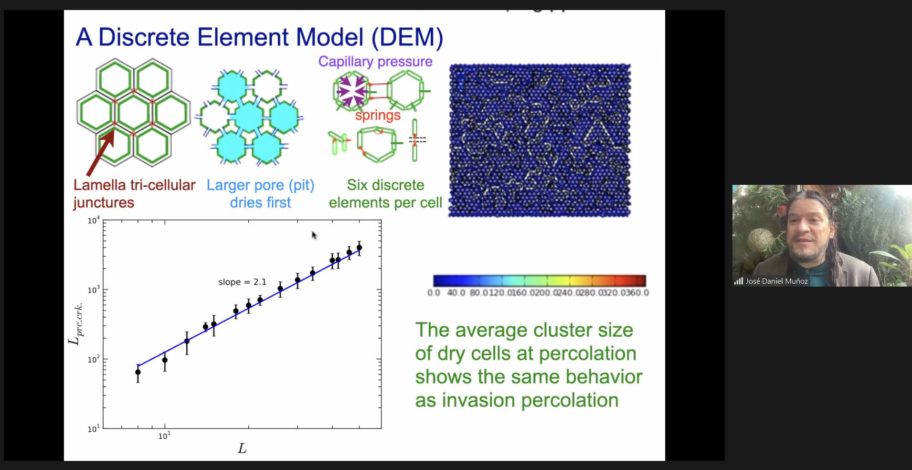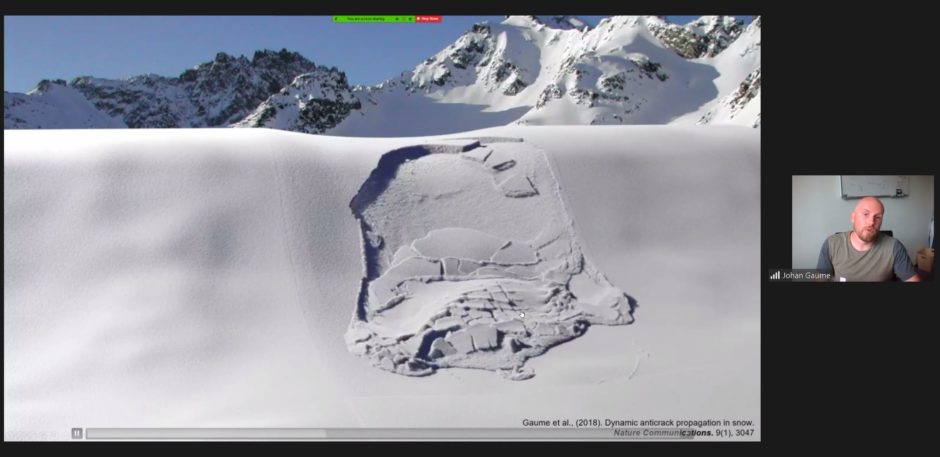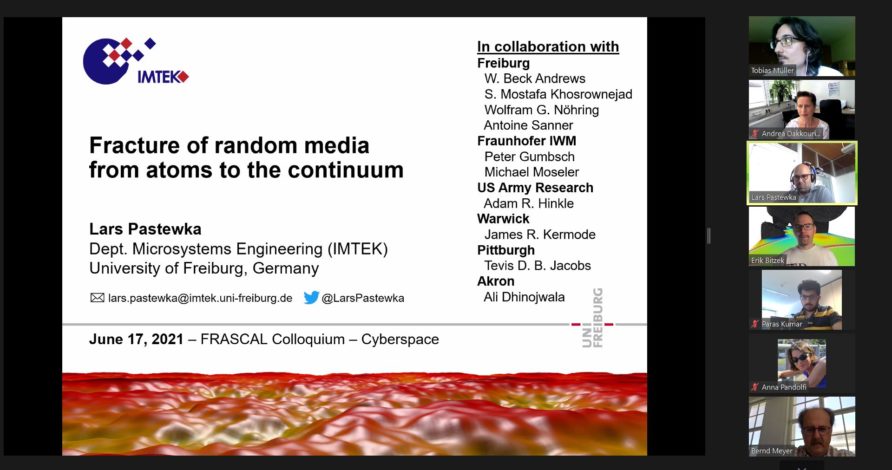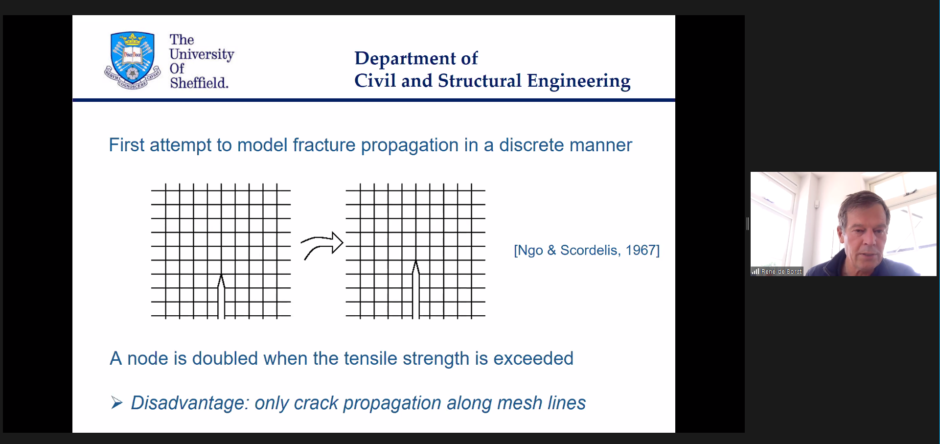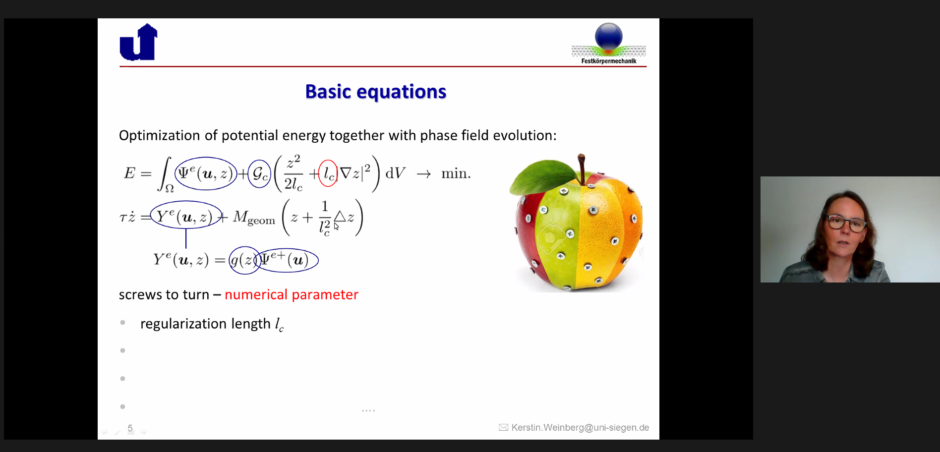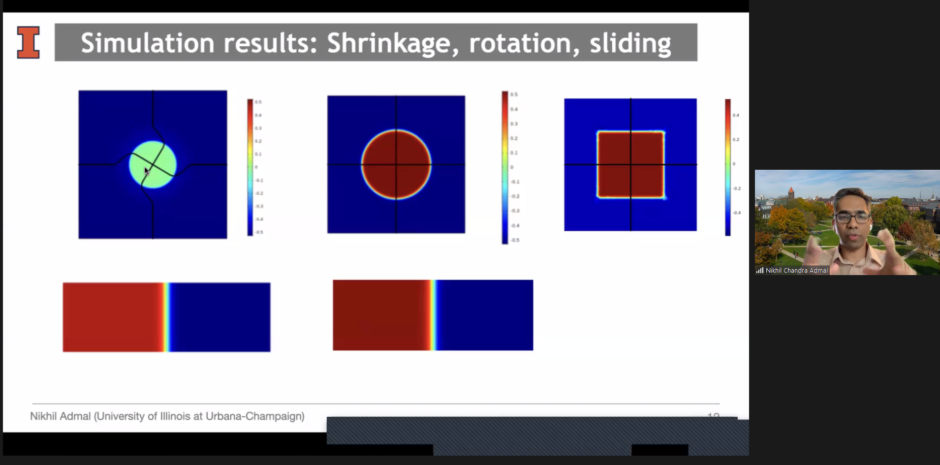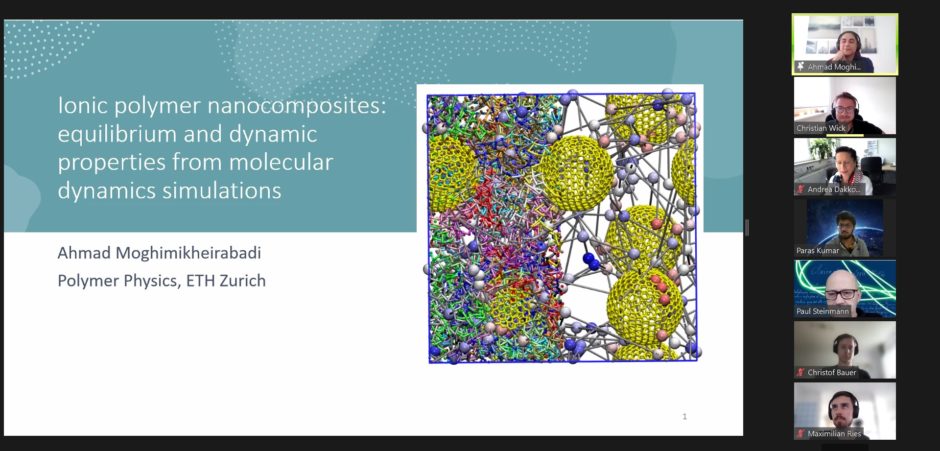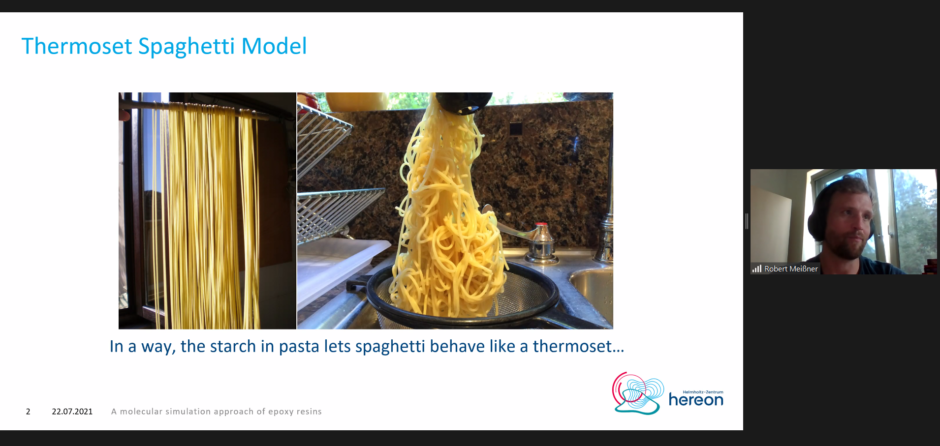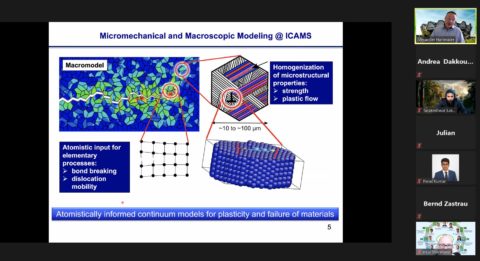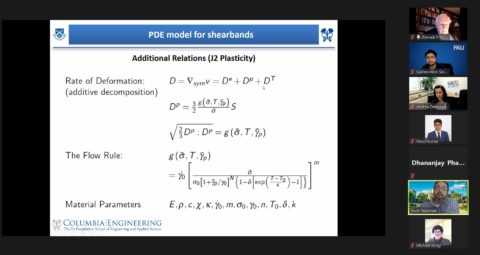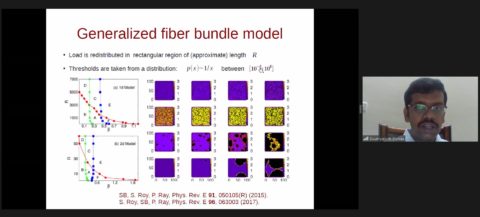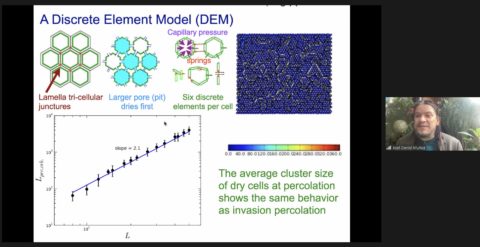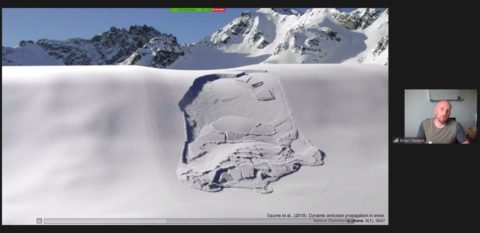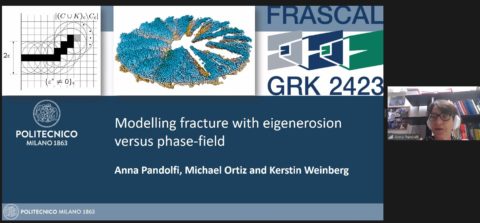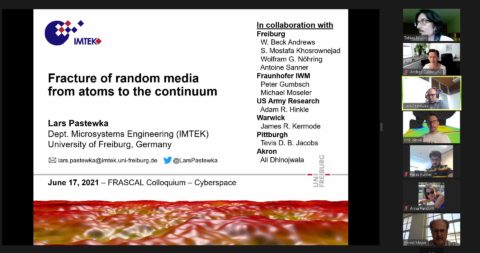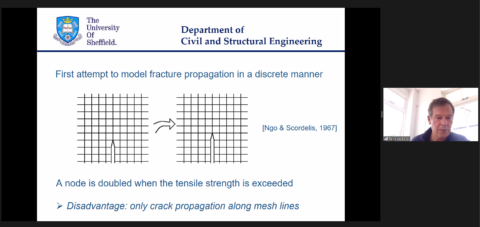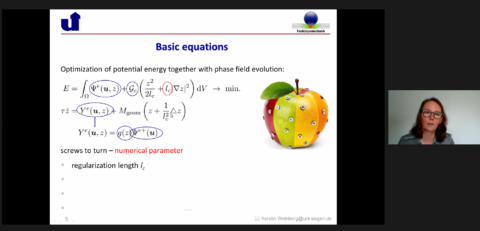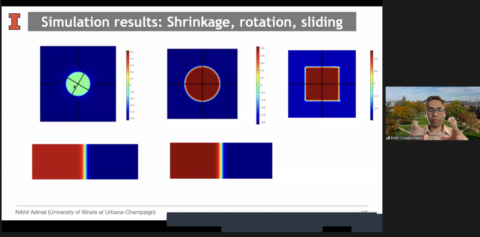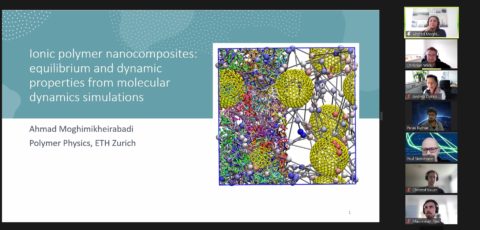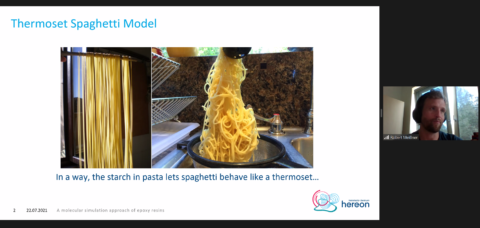1st FRASCAL Virtual Colloquium
The research training group GRK 2423 FRASCAL brings together researchers from various departments of the Faculty of Sciences and the Faculty of Engineering with the aim to improve the understanding of fracture in heterogeneous materials. This is accomplished by developing simulation methods that are able to capture the multiscale nature of failure.
In keeping with this spirit, our doctoral, associated doctoral and post-doctoral researchers organised a virtual colloquium in 2021 (22 April to 22 July). This event replaced a mini-symposium at CFRAC 2021 that was already in the planning stage at that time, when the conference had been cancelled due to the Corona pandemic. The organisation of a mini-symposium at an international conference is part of our qualification program within FRASCAL. Therefore, the new ‘FRASCAL Virtual Colloquium’ served as a replacement event and provided a platform to discuss recent advances in the computational modelling of fracture at various length and time scales. Ambitious goals were pursued, such as increasing the understanding of fracture behaviour, the optimal design of structures, failure time prediction and the design of smart materials.
The programme of events (available here as a PDF) was comprised of a weekly series of 12 guest talks in total by experts tackling the aforementioned problems from different viewpoints, such as mechanics, materials science, mathematics, physics and chemistry. Each 45-minute talk was followed by a public discussion with a multinational audience spanning from FAU members to members from other national and international research institutions. Afterwards, an in-depth exchange between the doctoral students from FRASCAL and the invited experts took place.
In the 1st FRASCAL Virtual Colloquium, recent studies on fracture and the failure of materials were presented by various guest speakers, including material instability, crack formation and transition, material adhesion and grain boundary evolution. A wide variety of materials, from brittle to ductile and from crystalline to disordered, were discussed. Along the same vein, different approaches to modelling materials, ranging from molecular dynamics to statistical and continuum mechanics, were addressed. Specifically, the following methods spanning various scales were reviewed in the talks: Atomic-scale and coarse-grained molecular dynamic simulations, line tension models, statistical-mechanics models, fibre bundle models, cohesive zone models, phase-field methods, eigenerosion approaches, smeared methods, continuum disconnections, damage homogenization, and the material point method.
As for the organisation of the event, each of the 12 FRASCAL projects invited a speaker. The respective doctoral student chaired the session, while an anchor team of FRASCAL students provided technical support. Flyers and posters for advertisement were designed and printed by our students. In addition, a book of abstracts was provided as an overview of the entire event can be downloaded here.
The format of this colloquium was an absolute success. A large number of international participants, frequently over 100, attended the engrossing talks by well-known experts and joined the lively discussions. To that end, we would like to take this opportunity to thank all our speakers and attendees who contributed to our 1st Virtual Colloquium and made it a great success. Thanks to this highly stimulating and positive experience, we plan to hold a similar FRASCAL colloquium series on a yearly basis.
